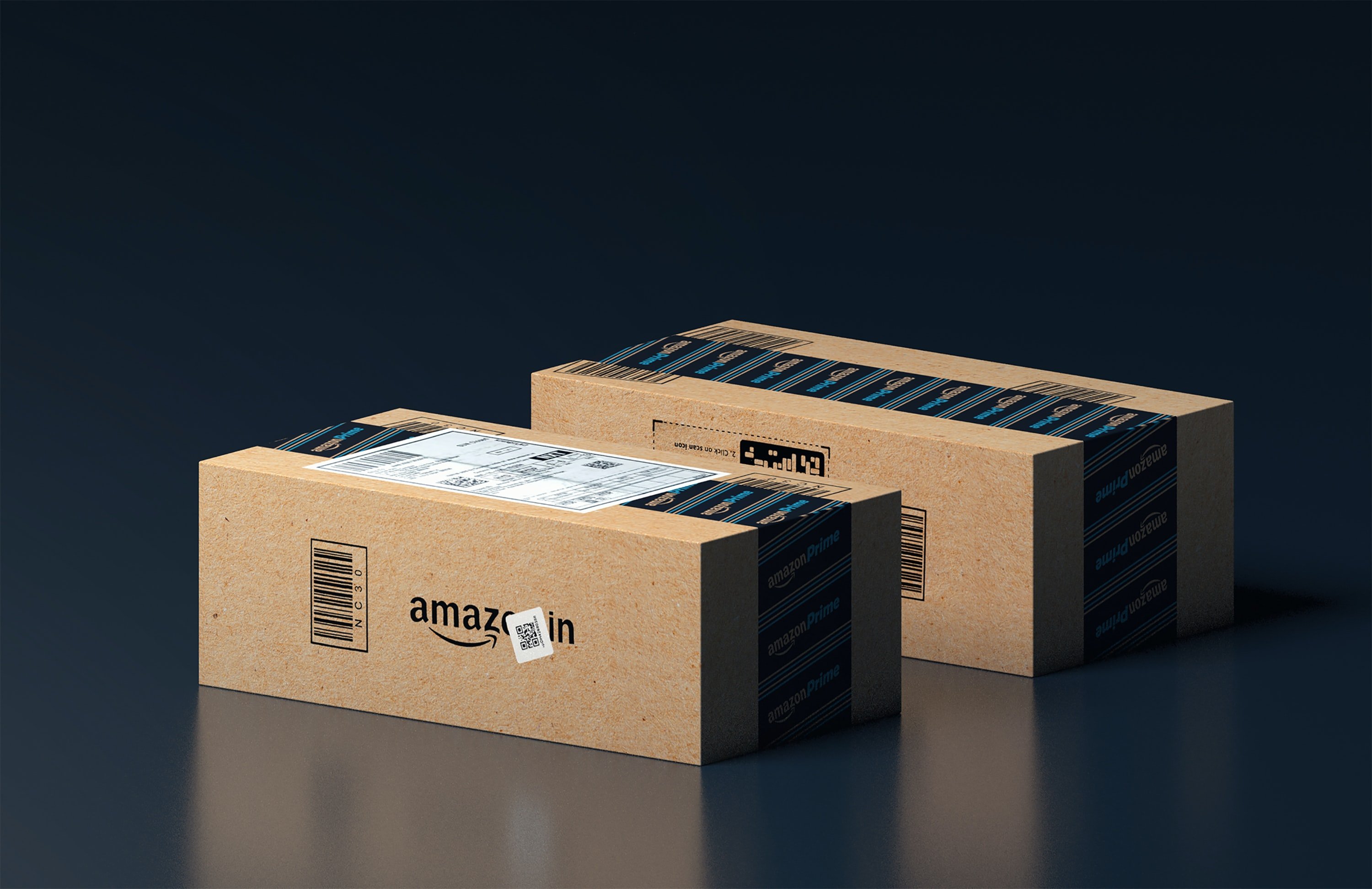RESOURCES
What Is CPC? Definition and Tips for Improving This Key Metric
If you’re doing anything in search, lowering your CPC in Google Ads is probably one of your ongoing goals. With good reason – lowering your CPC is one of the top ways to improve efficiency, stay on budget, and gather valuable insights about your campaigns.
When you’re working to lower your CPC, you should partner with your analytics team and make sure everyone is aligned on your search goals. By understanding the intricacies of your campaign data, you can make smart decisions that can help improve your CPC.
Lowering your CPC may be an ongoing goal, but there are a few simple best practices to ensure you’re operating at your best from the get-go. Read more to find out the best tips to lower your CPC, and reach out to us now to talk about your paid search strategy.
What Is CPC?
CPC is a metric an advertising revenue metric that helps you maintain efficiency in your advertising and track your spending. CPC, or "cost-per-click" measures the amount of money spent against the activity on your ad. This determines how much you spent "per click" on your ad to attract customers.
CPC is important because it helps you determine how efficient your ads are. A lower CPC means you're attracting lots of clicks compared to what you spent on the ad, and a high CPC means that despite your spend, you're not attracting many clicks. The goal should be to improve CPC by lowering it.
Keep reading to find out some tips for lowering your CPC.
How to Improve CPC
These tips can help you improve your CPC and deliver better results.
Write Appealing Ad Content
Data matters, but so does your copy. Think carefully about how you want to appeal to your customers – like any other ad, you need to build a customer profile and craft copy that follows best practices to appeal to the customers you want to attract.
Remember, you’re not trying to get every single person to click. You want to generate quality leads, and your copy needs to reflect your ideal customer.
Keep your copy short and simple and make your solutions clear.
Switch Up Your Keywords
If you’re targeting top keywords, consider switching your bidding to less competitive, similar keywords, or using long-tail keywords. Often, these more specific keywords can generate more clicks and improve efficiency because of the specificity of the search terms.
Placing lower bids on these keywords can help improve your CPC because you’re spending less, and in theory, people who are coming across the ads are more likely to click.
Keep in mind that this is just one theory regarding CPC, and everything you do should be closely tracked. It’s quite possible that bidding on larger volume keywords may be more efficient for you.
Use Negative Keywords
You can also consider using negative keywords. These keywords mean that your ad won’t show up when someone searches specific keywords. If you notice data that indicates your leads dropping off, exiting the funnel, or taking other actions that worsen your efficiency, you can use negative keywords.
The goal of your ads is to reach your best possible leads, so if a similar, irrelevant search term is skewing your results, use a negative keyword to help streamline search.
Optimize for Timing and Location
Let’s face it – there are some times of the day when people are either online less or aren’t participating in behaviors that are beneficial to your ad campaign.
If you see consistent dips in your ads performance during certain times of the day or week or month, you can consider turning off your ad during those times and turning it up during busy times to improve efficiency.
Location is a fantastic feature in search and can be a real game-changer for brands. If you have a local-oriented brand, optimizing for location is a must.
For non-local brands, optimizing for location still matters, but your decisions will be more focused on your data – you can choose to show ads more or less to people in certain areas depending on who is clicking. Dig deep to understand any regional patterns so that you can get the best optimization for each location.
Adjust for Devices
60% of internet traffic comes from mobile devices. Google Ads gives you options to optimize for different devices, so make sure you use them. Optimizing for different devices will adjust the look and feel of the ad, and how it appears in-app for those searching outside of a browser. If you don’t optimize for devices, you’ll miss out on crucial clicks.
Watch Your Quality Score
Last but certainly not least, your quality score will help guide you in individual ads and your business overall. A high-quality score means your ads will show up more since Google deems them of high quality. A low-quality score will show your ads less. Clearly, showing your ads more for the price you pay will improve your CPC.
Pay close attention to your score and take steps to improve it. Then, make sure everything else in your process is smooth and optimized along the way – search is only one part of a customer’s journey.
These simple tricks can help you re-evaluate and redefine your CPC strategy, but they’re just the beginning. Lowering your CPC has lots of benefits. Reach out now to learn how we can help with paid search strategy and more.
SIGN UP FOR OUR WEEKLY NEWSLETTER

News, Views, and Valuable Resources
Delivered to Your Inbox Each Week


